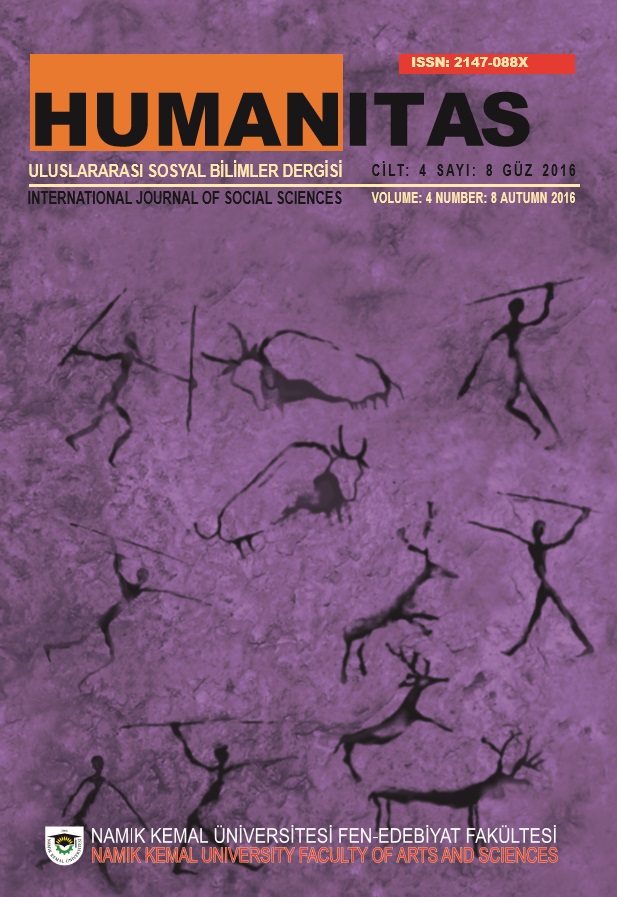MONDROS MÜTAREKESİ’NDEN YUNAN İŞGALİNE BATI ANADOLU’DA EŞKIYALIK VE ASAYİŞİ SAĞLAMA ÇABALARI
BANDITRY FROM MUDROS ARMISTICE TO INVASION OF WESTERN ANATOLIA AND THE EFFORTS TO PROVIDE PUBLIC ORDER
Author(s): Hakan YaşarSubject(s): Cultural history, Economic history, Social history, 19th Century, The Ottoman Empire
Published by: Namık Kemal Üniversitesi Fen-Edebiyat Fakültesi
Keywords: Banditry; Efe / Zeybek; Western Anatolia; Armistice Era;
Summary/Abstract: Considering the social history of people who lived in Anatolia, it can be seen that banditry has hundreds years of history. In addition to this, at the beginning of the institutionalization of the Ottoman Empire in the second half of the 19th century, banditry incidents became the most important security issue in general. The circumstances of the First World War brought more chronic problems of banditry. While the Allied forces began their invasion after the Armistice of Mudros was signed in 1918, banditry incidents were still going on. In this process, Ottoman statesmen did not want to state the reason for the new occupations of the winners, so they declared an amnesty for thugs and army deserters in order to ensure peace in the countryside. Additionally, it was made great effort to ensure peace in Anatolia and to set down the Zeibeks who were seen as identical with the bandits previously. As they could not be prevented despite all efforts, banditry incidents became the main threat to people living in rural areas of Western Anatolia in terms of life and safety. These events also negatively affected the economic life of the region. The basic reason for not being able to prevent banditry incidents despite all efforts was the restrictions imposed by the Armistice of Mudros to the Ottoman Army and police forces.
Journal: Humanitas - Uluslararası Sosyal Bilimler Dergisi
- Issue Year: 4/2016
- Issue No: 08
- Page Range: 367-386
- Page Count: 20
- Language: Turkish

